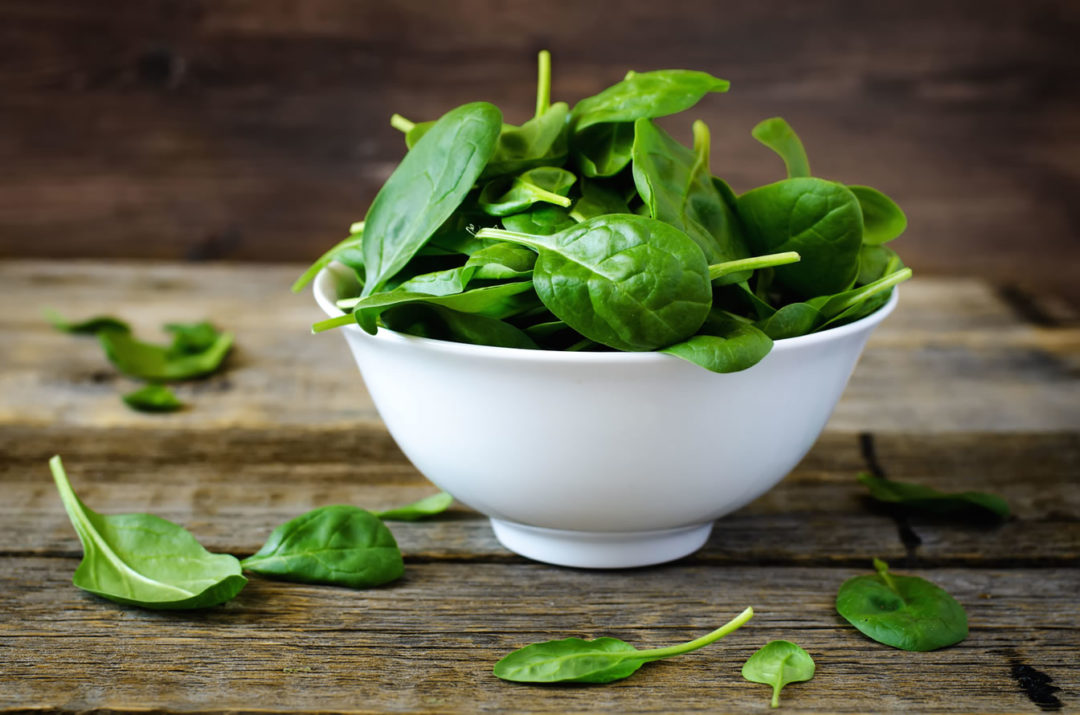Meanwhile, foods as rich in natural antioxidants and anti-inflammatories as any exotic berry on the planet are sitting right under our noses, yet we pay little attention to them.
Here’s a little love for some unheralded stars in the galaxy of superfoods.
- Quinoa. Quinoa was known by the Incas as the “mother of all grains*”. The protein quality and quantity in quinoa is way superior to those of more common cereal grains, and for sheer nutritional quality it’s been compared to dried whole milk by the Food and Agricultural Organization (FAO) of the United Nations. It’s particularly high in iron—1/2 cup contains almost 8 mg, way more than any other cereal grain—and also contains a whopping 5 g of fiber per serving. It’s great for breakfast and as a side dish. Also terrific in and on salads.
- Yogurt. Nowhere has the low-fat insanity had a deeper effect than in the yogurt industry. It’s increasingly difficult to find real yogurt that isn’t “2%”, or “low-fat”, or that doesn’t come sitting on top of some sugared fruit product passing as food. But real, honest-to-goodness FULL FAT yogurt—preferably from grass-fed cows—is a health bonanza. It’s high in protein, calcium and omega-7 (from the full-fat dairy), plus it’s filling and delicious (at least the real kind is!) Greek or regular—both are great.
- Garbanzo beans. A quiet little unassuming nutritional superstar, garbanzo beans have a whopping 12 grams of fiber and 15 grams of protein per half cup. Not to mention folate and manganese, plus calcium/magnesium in a perfect 1:1 ratio.
- Fermented vegetables. Now that the microbiome is one of the hottest topics in health, we’re sure to be hearing more and more about fermented foods. And with good reason. They’re the best source of probiotics on the planet, teeming with healthy bacteria that will help cultivate your own personal gut garden. Fermenting your own vegetables at home is relatively easy, and fermented vegetables are beginning to take their place as superfoods along with other traditional fermented foods like yogurt, sauerkraut, kefir and kimchi.
- Malaysian palm oil. I love this rich red oil, which is red because of its high carotenoid content. It’s also a good source of tocotrienols, part of the vitamin E complex. And environmentalists can relax because palm oil from Malaysia is sustainable—over 50% of the forests there are protected and no orangutans are displaced! The unrefined oil (like all unrefined oils) has a lower smoke point than the refined kind, so don’t get it too hot. The partially refined oil still has plenty of good stuff and stands up to higher heat.
- Raspberries. The raspberry is the poster child for low-carb fruit. About 8 of its 15 grams of carbs are actually fiber, meaning you get more fiber in a 64-calorie cup of raspberries than you do in three slices of 100-calorie high-starch wheat bread—plus you get none of the problems associated with starch, sugar or gluten. Plus, raspberries are a great source of ellagic acid, which is a powerful antioxidant and anti-inflammatory and is considered to have anti-cancer activity. (Ellagic acid is listed on the Memorial Sloan Kettering Cancer Center website, which states that “pre-clinical studies indicate anticarcinogenic effects of ellagic acid against liver, esophageal, prostate, and colorectal cancer cell lines (2, 3)."
- Spinach. Before kale took over, spinach used to be the poster child for green leafy vegetables. It has a ton of potassium, some vitamin K, and a bunch of other minerals (manganese, magnesium, iron) and fiber. And it has so few calories, it’s basically a free food. One tiny caution—spinach does contain oxylates, which can bind to calcium and create nasty little oxylate stones in some people. So if you’re prone to this or concerned about oxylates, you might want to 1) limit your spinach intake, 2) make sure you cook your spinach, and 3) drink more water! For everyone else, it’s a total superfood!
- Brazil nuts. This underappreciated nut is one of the best sources of selenium on the planet. Why should you care? Because selenium is a powerful antioxidant and has anti-cancer activity to boot. A mere three Brazil nuts contain more selenium than a typical selenium supplement, not to mention the other minerals that go along with it, such as potassium and magnesium.
- Cabbage. Cabbage comes from the brassicia family of vegetables, which I like to call “vegetable royalty”. All of the brassicia family—brussels sprouts, broccoli, cauliflower, kale—are terrific, but cabbage is the queen of the hill. The indoles in cabbage—a staple of eastern European eating—are believed to be the reason why women who emigrated to America were observed to have such low rates of breast cancer (till they started eating the American diet, that is!).
- Flaxseeds contain a lot more than just omega-3 fats. They’re also a great source of fiber and magnesium. And more importantly, flaxseed lignans have been shown to be protective against both breast and prostate cancer. They’re great on salads, vegetables, and even in smoothies and shakes. (My favorite: Forti-Flax by Barleans.)
You don’t have to buy into some expensive multi-level marketing scheme to get the benefits of superfoods. These ten foods are right under our noses. They’re not expensive, they’re easy to find, and you don’t have to fly to the Brazilian rainforest to get them!
 Jonny Bowden, “the Nutrition Myth Buster” is a board-certified nutritionist and the best-selling author of 15 books including The Great Cholesterol Myth, Living Low Carb, the 150 Healthiest Foods On Earth and Smart Fat. To learn more about healthy living, motivation and nutrition, visit jonnybowden.com.
Jonny Bowden, “the Nutrition Myth Buster” is a board-certified nutritionist and the best-selling author of 15 books including The Great Cholesterol Myth, Living Low Carb, the 150 Healthiest Foods On Earth and Smart Fat. To learn more about healthy living, motivation and nutrition, visit jonnybowden.com. And for a limited time- Dr. Jonny Bowden is offering his VIP – Truth About Fat Loss Package, absolutely FREE. Download valuable information on weight loss, healthy eating, motivation and more here.
Note: The statements presented in this column should not be considered medical advice or a way to diagnose or treat any disease or illness. Dietary supplements do not treat, cure or prevent any disease. Always seek the advice of a medical professional before altering your daily dietary regimen. The opinions presented here are those of the writer.
Posted on WholeFoods Magazine Online, 8/11/16










